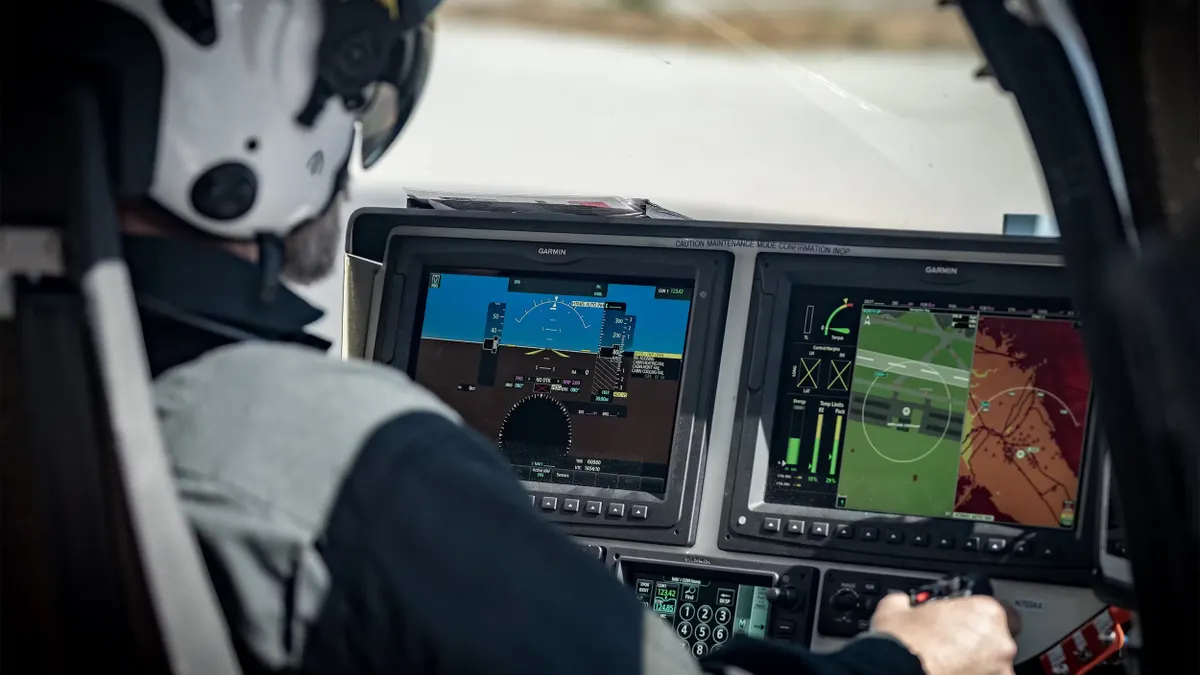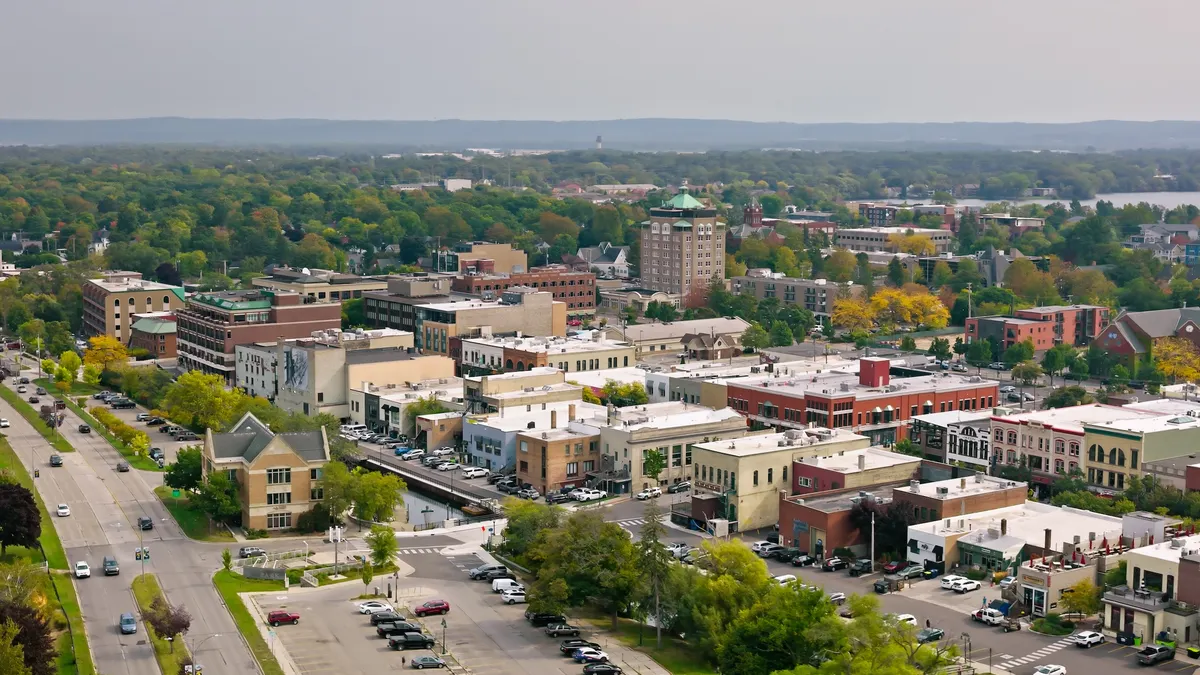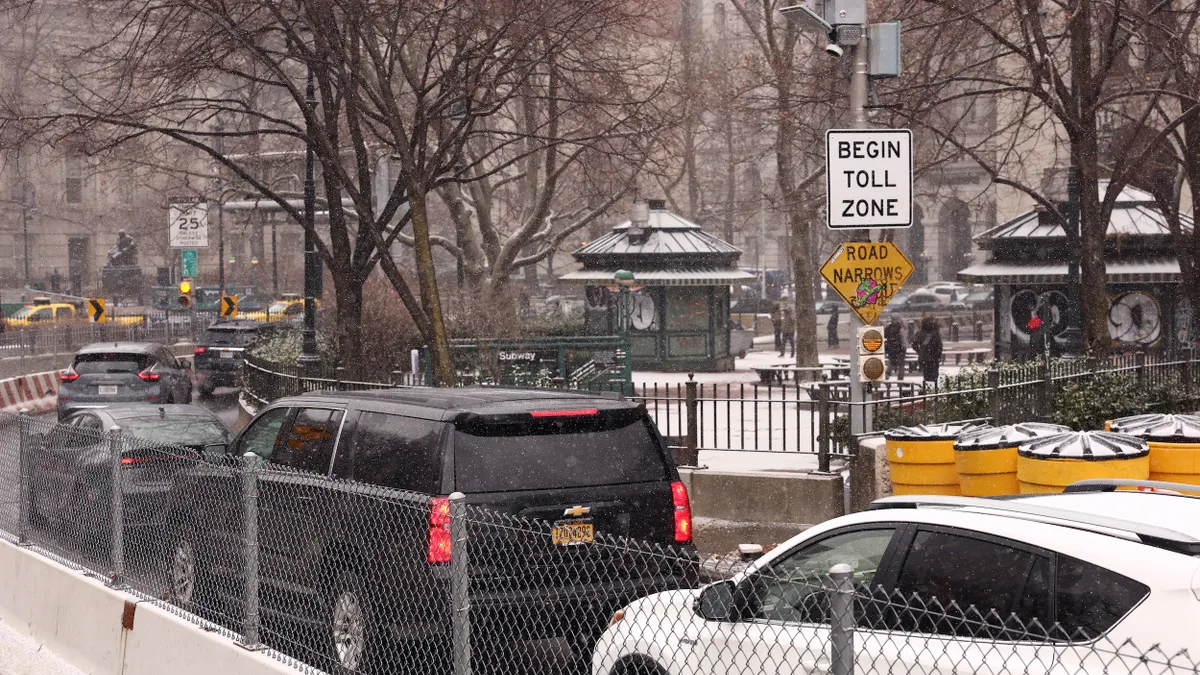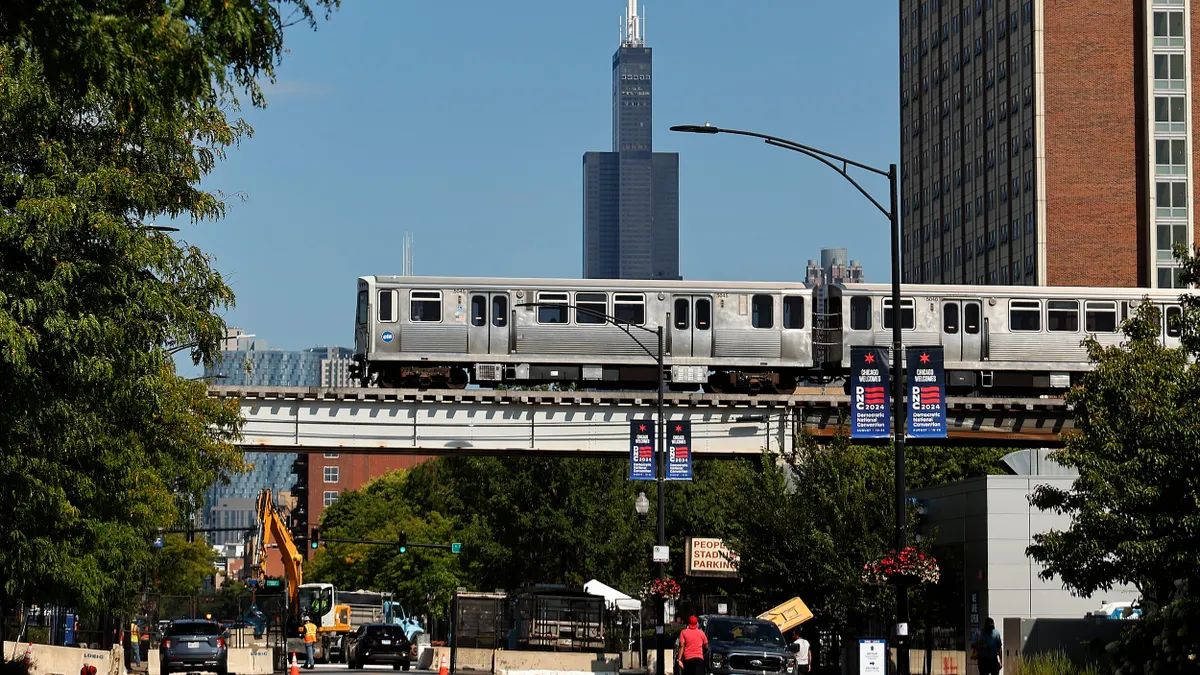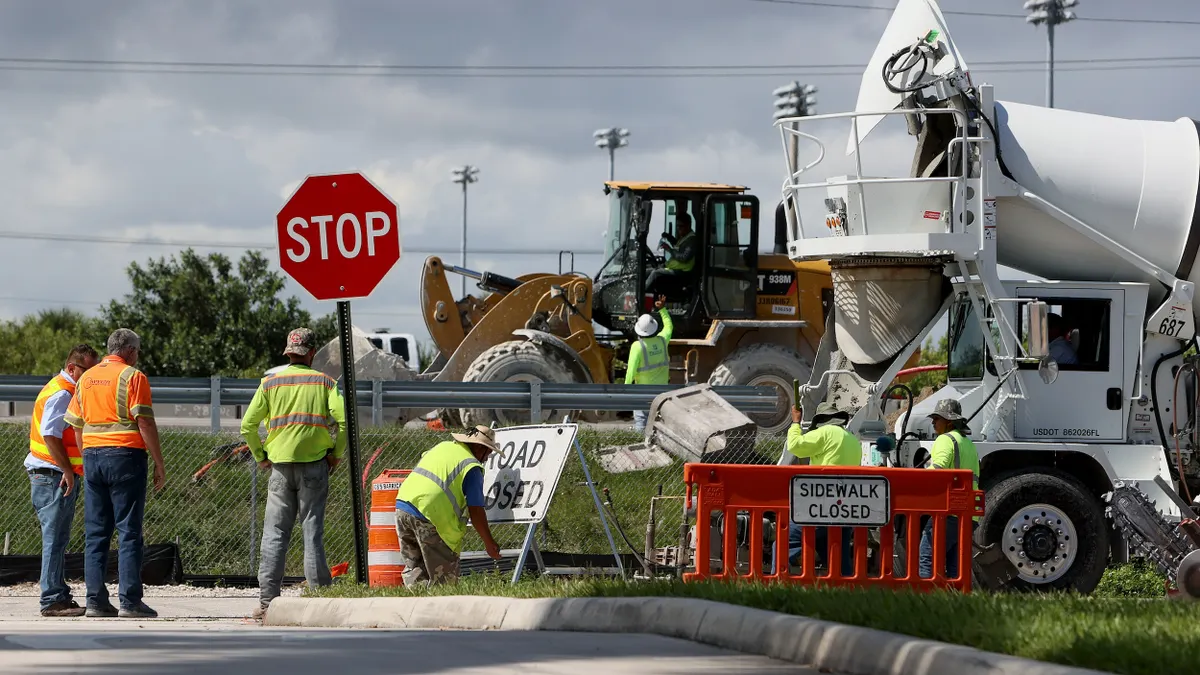Editor's note: This article was originally published in American City & County, which has merged with Smart Cities Dive to bring you expanded coverage of city innovation and local government. For the latest in smart city news, explore Smart Cities Dive or sign up for our newsletter.
The efficiency of emergency medical services (EMS), fire and police departments is increasingly compromised by traffic congestion and the reluctance of drivers to yield to emergency vehicles.
A recent industry survey of 2,500 first responders showed that 49.5% of first responder agencies reported worsened response times in 2024 compared to 2023. Another 41.7% cited traffic congestion as the biggest challenge in improving response times.
The growing number of vehicles on the road, especially during peak hours, creates gridlock situations that make it difficult for emergency responders to navigate through crowded streets. This delay can be critical, as every second counts in emergency situations, potentially compromising patient outcomes and overall public safety.
Intersections have become more dangerous today, with first responders facing more accidents themselves while trying to get on scene. The increased risk at intersections is a direct result of the growing traffic congestion and the lack of driver awareness or willingness to yield to emergency vehicles.
In the same first responders survey conducted by LYT, 80.5% of respondents said they are very concerned about emergency vehicle safety at intersections. Another 69.9% reported an increase in intersection accidents involving emergency vehicles.
Despite laws requiring motorists to yield, many drivers either fail to notice emergency vehicles or are unsure of how to safely move aside. This lack of cooperation further hinders the ability of emergency responders to reach their destinations promptly.
Emerging technologies to the rescue
To address these challenges, emerging technologies are being developed and implemented to help reduce delays and accidents involving emergency vehicles. One such technology is emergency vehicle preemption (EVP), designed to provide a green light for emergency vehicles as they approach intersections, allowing them to pass through safely and quickly.
EVP technology works by interrupting the normal traffic signal timing to prioritize the passage of emergency vehicles. This not only reduces the travel time for emergency responders but also improves safety by reducing the likelihood of collisions at intersections.
More advanced EVP systems incorporate GPS vehicle-location equipment and wireless radios, which send vehicle headings and estimated time-to-arrival information to the traffic signal. This provides more reliability and advanced notice, ensuring that the green light is provided at the optimal time.
The most advanced systems include cellular communications between emergency vehicles and the central traffic management system, allowing for intelligent routing of EVP requests to any centrally connected traffic signal along the emergency vehicle's path.
The benefits of EVP technology
The benefits of EVP technology are manifold. Firstly, it improves safety by reducing emergency vehicle-related collisions at intersections. By providing a clear path for emergency vehicles, EVP systems help to minimize the risk of accidents, protecting both the responders and the public.
Secondly, EVP supports incident response and management by improving emergency vehicle travel time to the incident scene. This can be crucial in life-or-death situations where every second counts. Approximately 60.2% of first responders believe adopting an EVP solution would improve response times by more than 10 seconds, according to the LYT survey.
Additionally, EVP technology can enhance multi-agency cooperation where both the police and fire departments use EVP systems to ensure quick and safe passage through intersections.
This collaborative approach not only improves response times but also ensures that all emergency services can operate more efficiently and effectively.
The path forward
While EVP technology offers a promising solution to the challenges posed by traffic congestion and driver behavior, it is not a panacea. Public awareness and education about the importance of yielding to emergency vehicles are crucial. Drivers need to understand the critical role they play in ensuring that emergency responders can do their jobs effectively and safely.
Moreover, continued investment in intelligent transportation systems and infrastructure is essential. Implementing advanced EVP systems and other technologies can help mitigate the impact of traffic congestion on emergency response times. By doing so, we can create safer roads for everyone and aid emergency services in reaching those in need without unnecessary delays.
The growing challenge of traffic congestion and the reluctance of drivers to yield to emergency vehicles are significant threats to public safety in 2025. However, with the adoption of emerging technologies like EVP and a concerted effort to improve public awareness and infrastructure, we can address these issues and enhance the efficiency and safety of our emergency services.
Commentary is a space for state and local government leaders to share best practices that provide value to their peers. Email Smart Cities Dive to submit a piece for consideration, and view past commentaries here.
About the Author
Timothy Menard is the visionary CEO and founder of LYT, a pioneering company revolutionizing traffic management through advanced artificial intelligence and machine learning solutions for public transit, emergency vehicles and snowplows.



